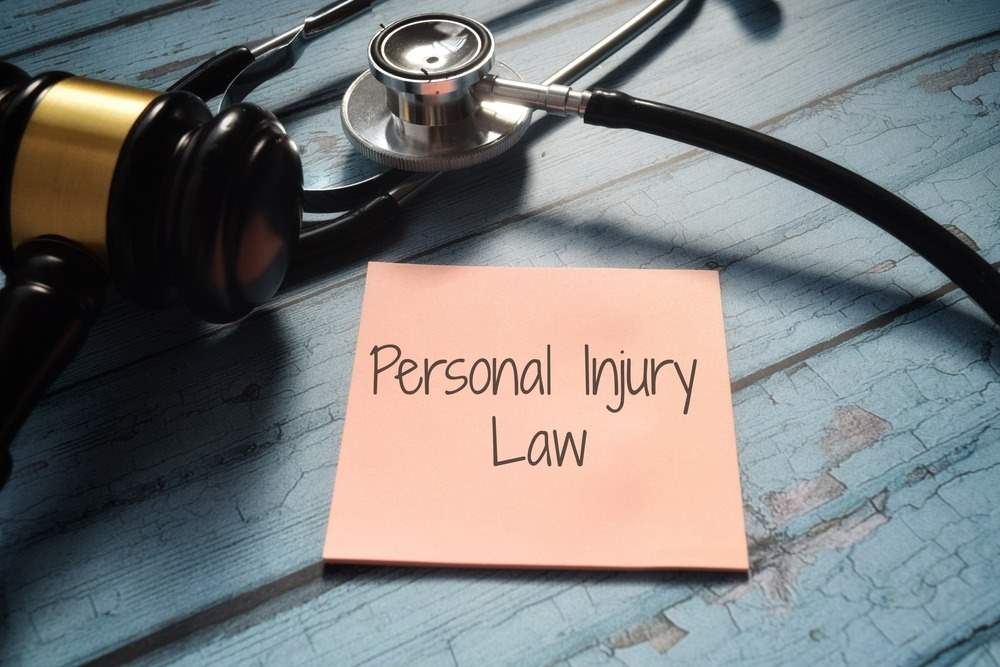
When you’re facing a personal injury case in Pennsylvania, evidence is the key to winning. It holds the power to sway decisions, turning uncertainty into clarity. You feel heard and seen when your story is backed by solid proof. This is why understanding the role of evidence is essential. From photos and videos to witness statements and medical records, each piece plays a crucial role in the courtroom. These tangible items show your side of the story in a way that’s hard to ignore. At quinnlawyers.com, you can find guidance on gathering and presenting this evidence effectively. Building a strong case means gathering every detail that supports your claim. You ensure that every aspect is meticulously documented and presented with precision. This approach not only strengthens your case but also brings peace of mind. It assures you that justice is within reach, and your voice matters.
Understanding Different Types of Evidence
In a personal injury case, different types of evidence support your story. These include:
- Photographs and Videos: Capture the scene of the accident and any visible injuries. They provide a visual account that words cannot fully express.
- Medical Records: Show the extent of injuries and treatments received. These records help link the incident to the injuries.
- Witness Statements: Offer an outside perspective on what happened. Witnesses can confirm details that are crucial to your claim.
- Police Reports: Provide an official account of the incident. These reports often contain valuable information about the circumstances of the case.
The Importance of Timely Evidence Collection
Timing matters when collecting evidence. The sooner you gather the evidence, the stronger your case becomes. Memory fades, and details can get lost. Acting quickly ensures that you capture accurate information when it is fresh. For example, taking immediate photos or securing witness statements shortly after the incident can make a significant difference.
How to Present Evidence Effectively
Presenting evidence effectively involves organization and clarity. Group similar items together to create a coherent narrative. Use clear labels and descriptions for each piece of evidence. This helps the court understand your story without confusion. You make it easier for the judge and jury to see the truth in your claims. Resources like this can offer insights on how evidence is viewed in court.
Evidence Comparison Table
| Type of Evidence | Importance | How to Obtain |
|---|---|---|
| Photographs and Videos | Provides visual proof of the incident and injuries | Take photos and videos at the scene |
| Medical Records | Documents the extent of injuries and treatment | Request from your healthcare provider |
| Witness Statements | Offers an outsider’s perspective | Contact witnesses and record their accounts |
| Police Reports | Official documentation of the incident | Request from the local police department |
Common Mistakes to Avoid
Avoiding common mistakes can make a difference in your case. Do not exaggerate facts, as this can damage your credibility. Failing to secure evidence promptly might weaken your position. Keep detailed records and store all evidence securely. This ensures that nothing gets lost or overlooked.
Legal Assistance and Resources
Having legal support can guide you through the evidence collection process. Legal experts help ensure that your evidence is admissible and presented correctly. For more information on legal proceedings, you can visit the Pennsylvania Courts website. They provide resources and information that can help you understand the legal landscape.
Final Thoughts
Evidence holds the power to transform your personal injury case. With the right approach, you present a compelling narrative that supports your claims. Timely collection, effective presentation, and avoiding common pitfalls are crucial. When you understand the role of evidence, you empower yourself in the legal process. This not only increases your chances of a favorable outcome but also ensures that your truth finds its way to justice.
Leave a Reply